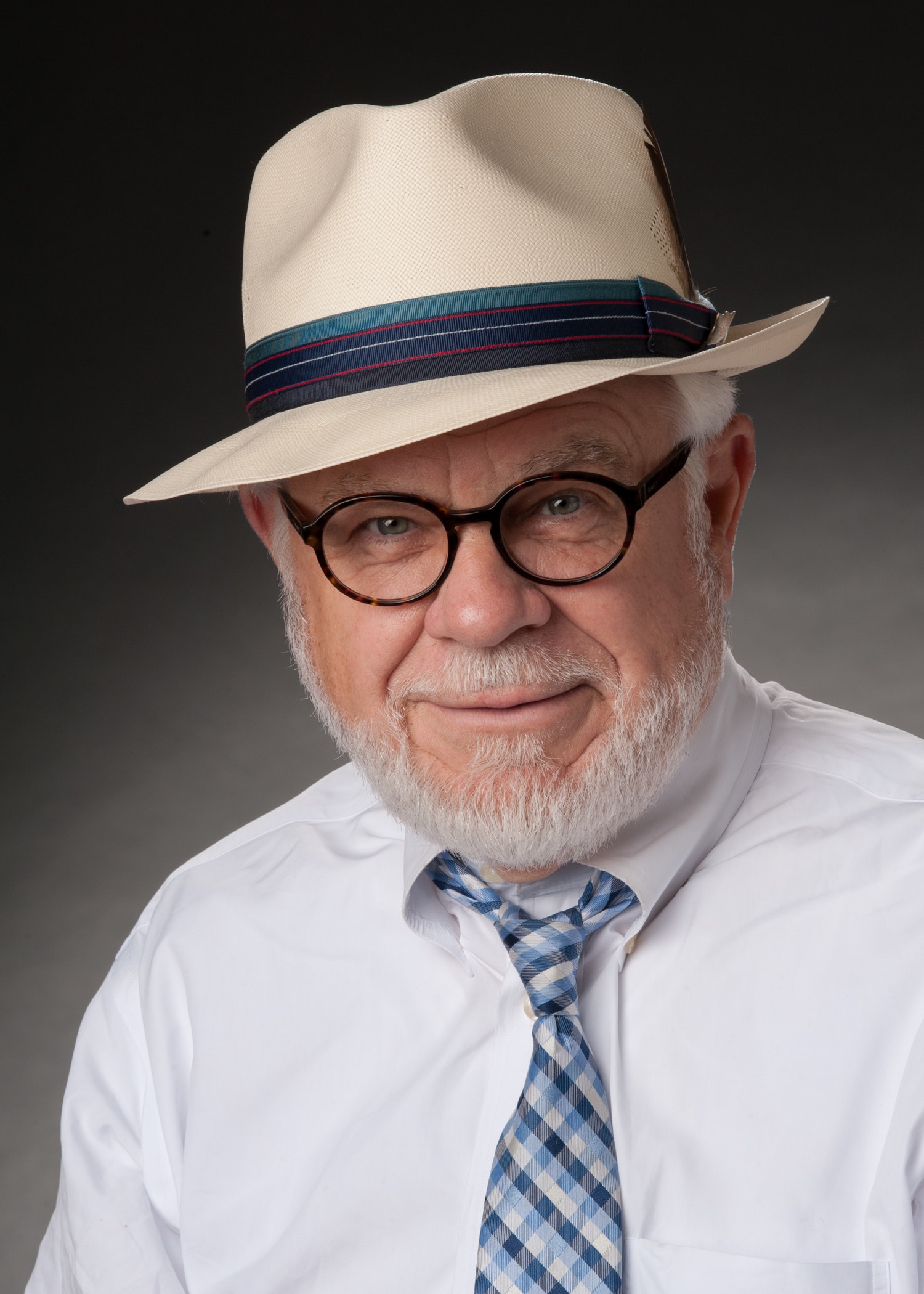How time goes by. It seems like only yesterday that the Y2K scare was the big news. Somehow the world survived.
So new year is the census year.
The U.S. Constitution mandates a headcount every 10 years. This includes everyone residing in the 50 states, Puerto Rico, and the Island Areas of the United States. The count is to include people of all ages, races, ethnic groups, citizens, and noncitizens.
Estimates are of 330 million people in more than 140 million housing units. An accurate count will not only require an accurate list of every housing unit but also maximum self-response and efficient follow up on those who do not respond.
The population totals from the census determine the number of seats each state has in the House of Representatives. It will also be used by the Louisiana Legislature to redraw districts for state senators and representatives. On the local level, city council districts, as well as school board and Caddo Commission/Bossier Police Jury districts, will be adjusted.
The census data has a major impact on federal funding. More than $675 billion is annually distributed to tribal, state and local governments. Much of this funding is population-based.
This data also determines area eligible for housing assistance and rehabilitation loans. Census information is also critical to forecasting future growth areas and transportation needs for communities and states.
The 2020 census will have important changes. The U.S. Census Bureau is building more accurate address lists and automating much of their field operations. Additionally, residents will be able to respond to census questions online, by phone or by mail.
Louisiana is one of 3 states that has lost population in recent years. Whether or not this will cost the state a seat in the U.S. House of Representatives is an unknown albeit very important question.
The city of Shreveport has also lost population. This could affect future federal funding of local projects.
Additionally, city growth has been in the southeast area. Simply put, the city’s population is sagging to the south.
Redistricting will be based on the number of residents, not voters. However, voter counts are indicative of the city’s growth pattern.
District D, represented by Grayson Boucher, has almost 23 thousand registered voters. Compare that to slightly more than 16 thousand voters in District A represented by Willie Bradford and District F represented by James Green.
The 2020 Census will cover an increasingly diverse and growing population.
Traditionally, minority and lower educated communities have the least participation in census counts. Additionally, illegal aliens are reluctant to identify themselves.
The decennial census is the largest mobilization and operation conducted in the United States. The Census Bureau has an active website and is currently recruiting employees.
The Bureau has established a Complete Count Committee (CCC) program to create awareness in communities across the county. These volunteer committees are established by tribal, state, and local governments and community leaders to increase awareness and motivate residents to respond to the census.
These committees will be comprised of a broad spectrum of government and community leaders from education, business, healthcare, and other community organizations.
The 2000 Census showed that Caddo Parish had a population of 252,161 people. This represented 5.64% of the total population of Louisiana, making it the state’s 4th most populous parish (out of 64 parishes).
The 2000 Census shows that Caddo Parish has a total area of 936 square miles. Of this total, 881 square miles of the area island, with the balance (5.86%) being water (54.9 square miles).
Caddo Parish had 108, 296 Housing Units at the time of the 2000 census. Using the above population and land area values, Caddo Parish had a population density of 285.9 people per square mile, making it the state’s 5th most densely populated county (out of 64 parishes).
The Census Bureau estimates that in 2009, Caddo had a population of 253, 623 people. This is an increase of 0.58% from the 2000 census.
(This article was published in The Forum on Wednesday, February 13, 2019)
